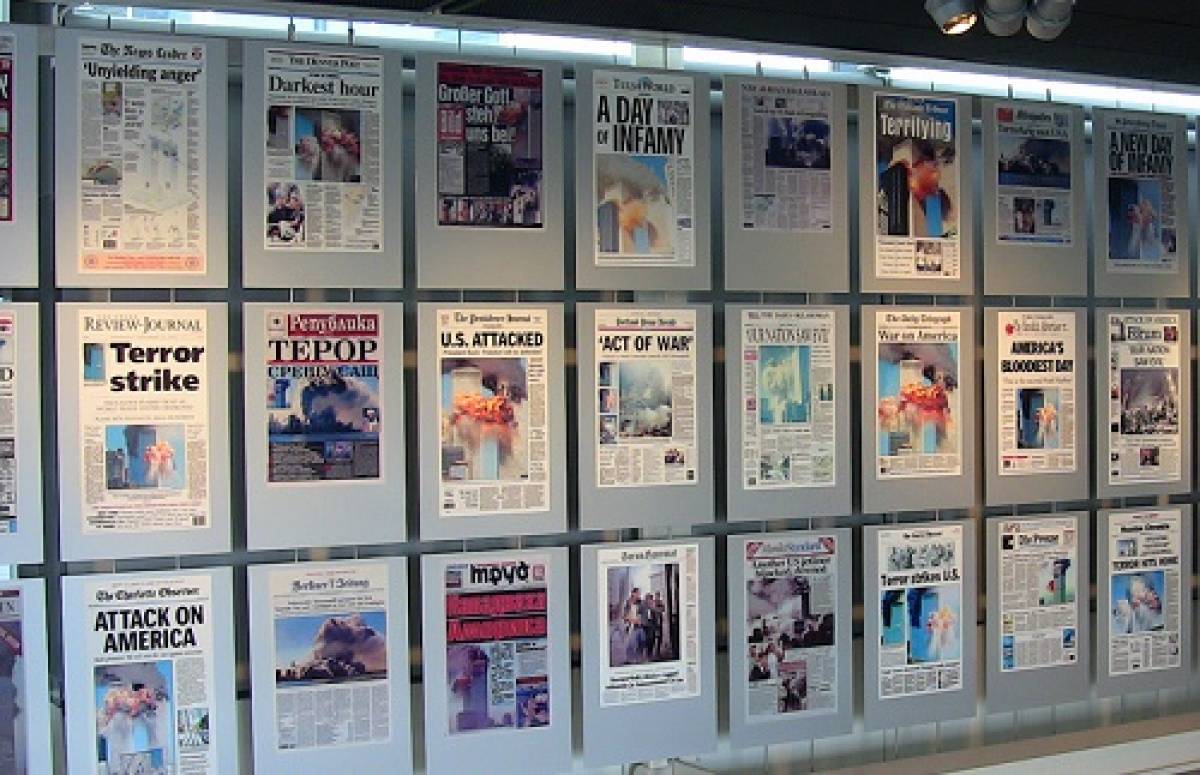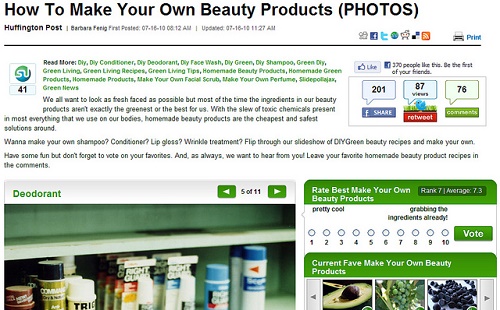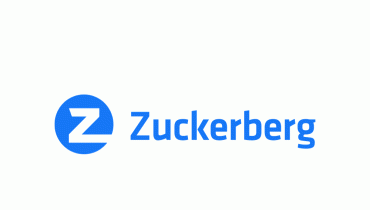Solutions Headlines Attract More Website Traffic, Study Finds

A study (PDF) by the Engaging News Project (ENP), now the Center for Media Engagement, an organization researching commercially viable ways to improve online journalism, in conjunction with The Huffington Post, looked into how audiences engage with headlines and found that solutions-oriented headlines generate more traffic for publishers.
Headlines, in general, are the marquees of news stories. They frame the information that is found within the body of an article. However, as the news industry increasingly shifts to digital journalism and content marketing takes root, many organizations are questioning traditional content creation practices and rethinking what headlines should look like.
A reason brands are rethinking what web headlines should look like is because posts with weak headlines get dramatically fewer click-through rates, fewer readers, and fewer shares. While that might sound terrible, there’s a sunny upside to it: Get your headline right, and you’re on course to higher click-through rates, higher reader engagement, and more shares via social media.
Now according to the ENP study, solution-oriented headlines outperformed non-solutions headlines in A/B tests on The Huffington Post site, now HuffPost, yielding a small, but detectable increase in the number of clicks.
However, the solutions headlines did not outperform non-solutions headlines in every test.
“Across 50 A/B tests on The Huffington Post site, the solutions headline garnered more clicks in 28 tests (56% of the tests), the non-solutions version 20 times (40%), and the two tied in two instances (4%). The actual number of clicks, however, varied widely – from 0 to 10,560 per headline,” wrote the study authors.
Solutions-Oriented Headlines

Image: Roadsidepictures/Flickr
When people use search engines, most of the time they are looking for solutions to their problems or specific answers to their questions. Sometimes the issues are complex, sometimes they are simple. Other times the problems are directly related to a product or service you provide. If you publish a helpful article with a headline that is solution-oriented, the study suggests you’re likely to get more traffic as a result.
For example, when scouring the internet for problem-solving information, what’s more common and helpful than “how-to” articles? Headlines like “How to grill salmon” attract huge, targeted audiences of do-it-yourselfers. Other headlines like “A simple way to lose weight fast” are also quite popular.
For each of the A/B tests on 50 pairs of headlines on the Huffington Post, HuffPost randomized whether visitors to its homepage saw a non-solutions-focused headline or a solutions-focused headline. Both headlines linked to the same article that included information about a problem and a possible solution.
The researchers observed that people are more likely to click on a solutions-oriented headline than they are on a non-solutions-focused one, although the difference is modest and many other factors also affect the number of clicks received by each headline.
Factors Affecting Effectiveness of Solutions Headlines
The researchers did further tests to determine four hypotheses about writing effective solutions headlines. The tests showed that:
1. Including a “mysterious” unnamed location or group in a headline can increase the click-through rate (e.g. “This City Has a Solution to Poverty”).
2. Adding the word “simple” can affect headline clicks, but does not do so consistently (e.g. “A Simple Way to Address Climate Change”).
3. Tacking solutions-oriented information or an action item onto a headline does not significantly affect the click-through rate (e.g. “This is a Problem. Here’s How to Help”).
4. Adding the word “you” does not significantly influence the click-through rate (e.g. “Here’s How You Can Help Save the Rainforests”).
“Taken together, our experiments show that newsrooms may want to consider using solutions-based headlines,” said Alex Curry, research associate for the Engaging News Project. “Our findings also provide a good starting point for doing more research on which headlines yield greater audience engagement through clicks.”
Featured image: remoran/flickr




















